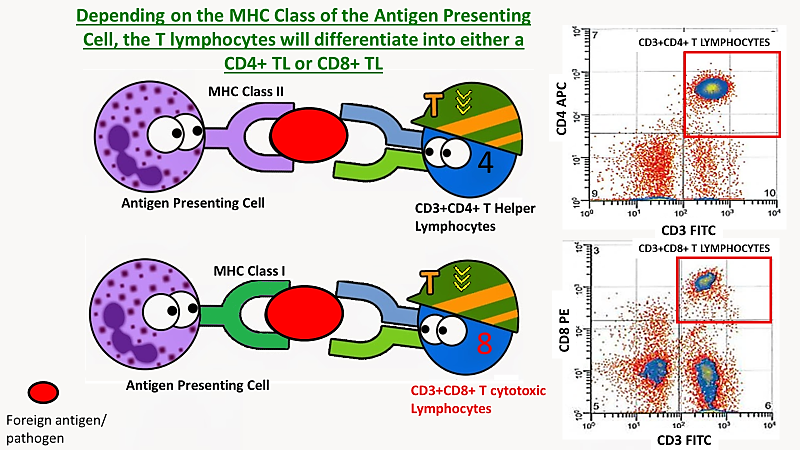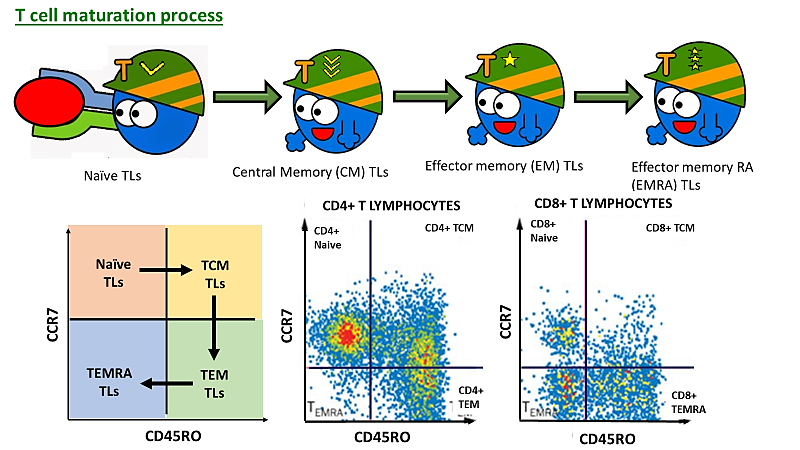Exercise, get moving, get fit, get healthy! Its been a common theme to see posters published by health
promotion board everywhere to promote exercising and leading an active
lifestyle to prevent cancer. Pfff… Why
exercise? Aint no body got time for
that. You might change your mind after reading
this article.
Health authorities and practitioners have always vehemently advocated that regular exercise reduces the risk of cancer and metabolic diseases. However, immunological mechanisms linking exercise and reduced cancer risk are limited
Health authorities and practitioners have always vehemently advocated that regular exercise reduces the risk of cancer and metabolic diseases. However, immunological mechanisms linking exercise and reduced cancer risk are limited
Here in this
article, we would look at a small study done in Murdoch University [1],
published in 2016 to highlight a few key aspects on how exercise can influence
the immune system to potentially contribute to cancer prevention.
Simplistically,
Figure 1 effectively demonstrated
that exercise can trigger a transient bi-phasic response where there is a
significant mobilisation of different types of crucial lymphocytes; Natural
Killer (NK CD56+) cells, T- (CD3+) and B- (CD19+) lymphocytes into the
circulating blood, and then significantly fall in numbers during recovery. This
bi-phasic phenomenon has been well documented by multiple studies. Furthermore,
as observed in the diagram, the NK cell population is most responsive to an
acute bout of exercise. Therefore, this article will focus on the NK cells and
how they can potentially contribute to cancer prevention and management.
Figure 2: NK cells are part of the WBC population as seen
in the first dot plot diagram, using CD45 as a “mature-cell” marker, we can
then select the lymphocyte population as CIRCLED
in red. With literature knowledge that NK cells do not express CD14, CD3, CD19,
CD20, we can then use the third diagram to NEGATIVELY
select the desired
population. Subsequently in the final plot we can then further classify the NK
cells into their respective subpopulations (CD56dimCD16+
& CD56brightCD16- NK
cells)
NK cells are a critical component of the innate arm of the immune system
that are able to recognize and eradicate tumor cells without prior antigenic
exposure. Phenotypically in flow cytometry terms, they
are part of a lymphocyte group that specifically express the CD56 marker and
can be classified into CD56dim and CD56bright. In the
human body, CD56bright NK cells resides in the secondary lymphoid
organs such as lymph nodes and tonsils, whereas the CD56dim NK cells
resides in the spleen and blood circulation. Immunologically, the CD56dim
population is considered the most mature form of all NK cell variants and has
the most tenacious cytotoxicity effect against tumour cells. Moreover, multiple
exercise immunology research studies have unanimously
demonstrated that the CD56dim NK cells is the most responsive
to an acute bout of exercise compared to all other lymphocyte cell types.
An intriguing
study done by a group of Danish researchers found that mice who spend more time
on a running wheel has their tumors shrunk by 60% compared to their more
sedentary mates [2]. Physiologically, a high level of adrenaline and
a cytokine known as Interleukin-6 (IL-6) is released into the blood circulation
during exercise. Moreover, the researchers also found that adrenaline
specifically recruits IL-6 sensitive NK cells and the IL-6 cytokine facilitate
attraction of the NK cells to the tumors. Besides that, there is an enhanced
expression of NK cell-related activating receptors, stimulatory cytokines and
chemokines in the tumors of running mice. Hence the authors suggested that
exercise also support the establishment of a tumor microenvironment that is
more prone to NK cells activation and consequently promote NK cell cytotoxic
destruction of the tumour cells.
This research
is hopeful for cancer patients as it provides an inexpensive way to keep their
tumor under control. However, some questions remain to be explored, including
whether this observation also hold true in humans, or how effective it will be
when combined treatment with chemotherapy is carried out in patients.
In
conclusion, prevention is better than cure. Exercising is such an economical
accessible way to prevent cancer. There is not much negative implications or
risks in exercising, but there is a whole world of beneficial health impacts. Most
importantly, health is wealth, we should heed the aforementioned advice and
take time out regularly to get a bout of moderate intensity exercise. As always, stay fit, stay healthy!
References
- Preferential Mobilization and Egress of Type 1 and Type 3 Innate Lymphocytes in Response to Exercise and Hypoxia. Ng Ivan, Fairchild Timothy, Greene Wayne and Hoyne Gerard. Immunome Research 2016.
- Voluntary Running Suppresses Tumor Growth through Epinephrine- and IL-6-Dependent NK Cell Mobilization and Redistribution. Line Pedersen, Manja Idorn, Gitte H. Olofsson, Britt Lauenborg, Intawat Nookaew, Rasmus Hvass Hansen, Helle Hjorth Johannesen, Ju¨ rgen C. Becker, Katrine S. Pedersen, Christine Dethlefsen, Jens Nielsen, Julie Gehl, Bente K. Pedersen, Per thor Straten and Pernille Hojman. Cell Metabolism 2016.
Disclaimer
- Flow cytometric analysis images depicted in this article are for simplified illustration purposes only and shall not constitute to the exact analysis process.
- Information provided are for informal reading and not for official research usage












 Figure 2: Biopsy needle needed to draw a column of lung tissue to confirm lung cancer diagnosis
Figure 2: Biopsy needle needed to draw a column of lung tissue to confirm lung cancer diagnosis

 Figure 5: Scientists suspects that when there is a tumor infected tissue adjacent to a blood vessel, there is a tendency for DNA to leak out of the abnormal tumor cells when they undergo necrosis or apoptosis. Their concentration is in relevance to the stage of the cancer.
Figure 5: Scientists suspects that when there is a tumor infected tissue adjacent to a blood vessel, there is a tendency for DNA to leak out of the abnormal tumor cells when they undergo necrosis or apoptosis. Their concentration is in relevance to the stage of the cancer. Figure 6: Can cell-free DNA be one of the clinical biomarker in our stable of diagnostic assays for early cancer detection and prevention in future?
Figure 6: Can cell-free DNA be one of the clinical biomarker in our stable of diagnostic assays for early cancer detection and prevention in future?